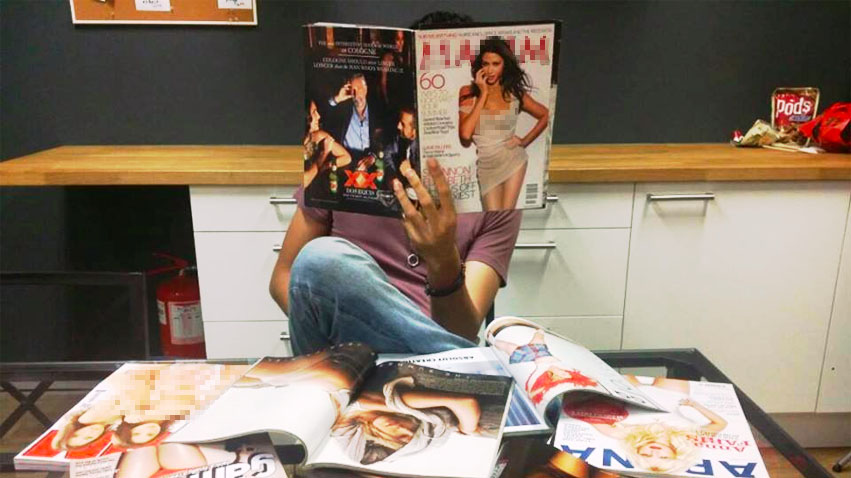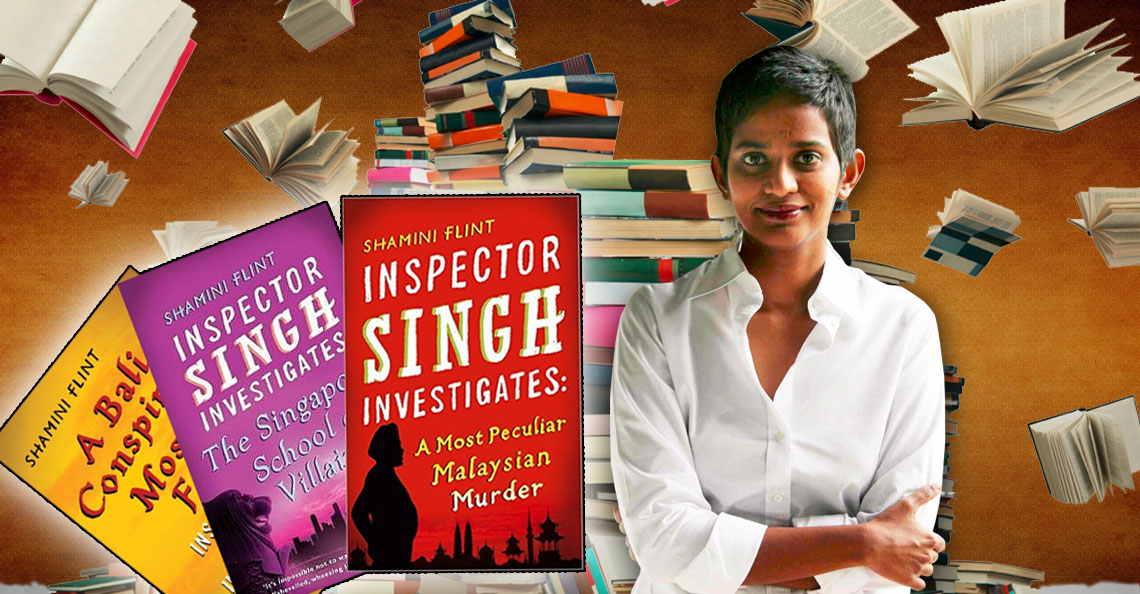5 ways to get your book published, according to Malaysians who did :)

- 961Shares
- Facebook883
- Twitter8
- LinkedIn19
- Email16
- WhatsApp35
If you grew up reading books, chances are you had toyed with the idea of writing your OWN book. Nothing to be shy about that – before we started writing for Cilisos, some of us even wrote short essays and novels about love, fantasy, and even… uh… one involving some randos name King Fatface and Queen Giraffe Longbeard. We kid you not:
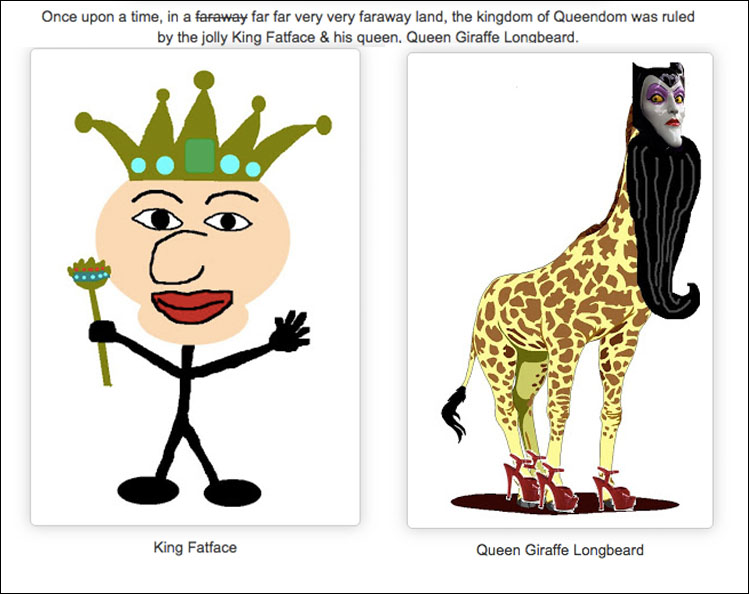
But here’s the thing… many aspiring writers struggle to write and publish their work, because let’s be honest, book reading in Malaysia isn’t as popular as it used to be.
Thankfully, there IS hope out there still! We’re not gonna sugar coat it – if you’re doing it as a business, it’s gonna be HARD but not impossible. At least, according to the authors we engaged with to help us write this story:
- Catalina Rembuyan, editor and author of the Little Basket collections of Malaysian-English literature.
- Rahman Imuda, Cilisos’ very own published author, who wrote Mahasiswa Bukan Macai, Pendidikan Bukan Politik, a collection of his essays describing student activism, with a second book on the way.
- We also came across Suraya Zainudin and her website RinggitOhRinggit, in which she details the process of publishing as a means of passive income and the costs of doing so.
So let’s say you have your own little novel about… ionno… say an indestructible 93-year old bionic man that a nation is depending on bringing them out of slavery from an evil taskmaster. You think it’s a pretty awesome, and so do your friends (or at least what you want to believe). You think that turning this into a real book would be pretty cool… so what then? How do you turn the product of your hobby into the real thing? (ps that’s our idea, we don’t mind if you wanna use it just make sure to send us a copy thanks)
Read on~ as we walk you through the ways, and then some hopefully helpful tips and pointers on the local book and publishing scene.
1. You can always publish it the ol’ fashioned way!
Traditional publishing involves submitting a manuscript to publishers (the prototype version of your book, usually the first few chapters, something to convince them you have something good la). It’s up to them on whether to publish your work or not.
The publisher takes one to three months to review the manuscript and, assuming they accept your work, it will take another one to two months of working with an editor to prepare the first draft. By the time the second draft and publishing copy is complete, the whole process might have taken anywhere from two months to half a year.
Traditional publishing is probably the simplest as you just need a completed manuscript and a willing publisher who will do everything else. However, publishers can be quite picky about what they’ll accept, especially so with new authors. Having a portfolio of your earlier writing fragments helps, as in Rahman’s case. Some publishers do not accept these submissions at all, however, and require the author to go through an agent. The biggest issue for most aspiring authors, however, is the loss of rights to their work. By publishing traditionally, depending on the type of contract and publisher, authors normally give the rights to their creative content to the publisher in return for royalty fees.
CILISOS Roundup:
- Difficulty – Easy… kinda. (Just submit your manuscript. However, you need something that publishers will accept, so prepare to get rejected a few times.)
- Cost – Almost none. Just come up with a book (or a few chapters to start) and the publisher will settle the rest as the publisher has the final say on editing, book cover and etc.
- Profit – Royalties of ~10%. But you lose the creative rights to your work as well.
- Publishers – Most of them. Most Malaysian publishers operate through traditional publishing. For a full list of publishers, refer to the end of the article.

2. Or you could always kaotim yourself…
One alternative to traditional publishing is vanity publishing, sometimes misleadingly referred to as “self-publishing”, where you pay for all the associated costs out of your pocket. From printing, distributing and marketing, the publisher offers its services and the author pays up front depending on what they need.
This method is quite controversial, with some advising against this route. In the Malaysian context, there are some reasons to consider it, such as the featuring of books on their pages, contacts with local bookstores and holding launch events. It’s important to be aware of which services are being offered and whether the price is worth it because some publishers prey on the ignorance of new authors who might be unaware that certain services are actually FREE (Like ISBN registration and setting up with online stores).

CILISOS Roundup:
- Difficulty – Easy. As long as you can afford it, the publisher will handle whichever services you require, at a price. You will need to do some research on your own though.
- Cost – Anywhere from RM3,000 to RM10,000.
- Profit – Author keeps all profits.
- Publishers – Silverfish and their Argent program, TheInspirationHub, Snappars Publishing and Indian based and slightly infamous NotionPress.
3. Or you could always kaotim yourself… 2.0

Not to be mistaken for the previous point, self publishing is where you do everything on your own. No paying nobody to do it for ya.
Doing everything yourself can be seem impossible, and there are a lot of things you will have to learn. However, it is doable with enough time and effort. Whether or not that effort is worth the reward is entirely up to you as you’ll have to do everything yourself, from printing/finding a printer, designing, formatting, editing and etc.
“It’s hard work…But you know what? Despite everything, I can genuinely say that I’m having fun.” – Suraya Zainudin.
There are many reasons to self publish, for more free-form works such as poetry, the independence of self-publishing is deeply rooted in the form. Lang Leav, for example, started by self-publishing her poetry on Instagram. Going even further back, you had William Blake who printed his poems on printing slates he made himself.

The freedom to handle everything on your own can be a double-edged sword, however. Basically, don’t be this delusional author la (Warning: This is a rabbit hole which might take up quite a bit off your time…). Also, most people are just bad at marketing, which you will need to do a lot of if you want to successfully self publish. Clearly, having some SHELF awareness is important if you intend to self publish.
CILISOS Roundup:
- Difficulty – A lot of work. Depending on your scale and ambition, self-publishing can be as simple as printing out your poetry for an art festival, to an all out long-term passive income from a full book.
- Cost – Low. As long as you’re willing to do all the work yourself. Printing might cost a bit depending on your cover choices and book length, but you can also go the eBook route if you so choose.
- Profit – Author keeps all profits. Do it yourself ma, so all the profits are also yours to keep!
- Publishers – You.
4. You could also cooperate with other authors
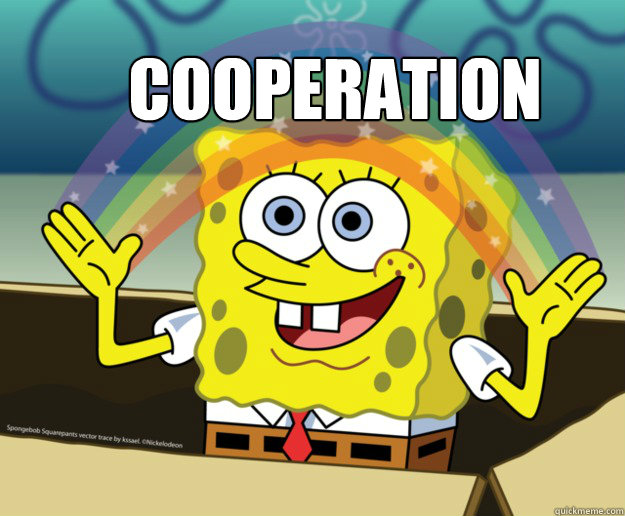
Woah, if that sounds scary, you can always try dipping your toes in the waters first. You can submit your short story as part of an anthology or collection! Love writing poetry but can’t be bothered compiling all your cringe-worthy poems from your younger days? Just submit your work as a group. Compilations usually revolve around a theme, so choosing a theme you can work with is also important. Basically, sometimes, if you want to make the dream work, you gotta throw in some teamwork. Catalina describes her experience;
“Editing Little Basket 2016 and 2017 was quite fun. A lot of the work was done online, and the editors met a few times to discuss the works selected and who would handle them.” – Catalina Rembuyan.
CILISOS Roundup:
- Difficulty – Easy. Simply contribute in some form! More people means the work can be split.
- Cost – Depends. If you’re simply contributing, there’s no cost involved. The cost of publishing a collection would then depend on which route you go (traditional, vanity, self).
- Profit – Split/Depends. How you split the profits is up to you and your collaborators.
- Publishers – Any!
5. Or if all else fails, go digital… like CILISOS 😉
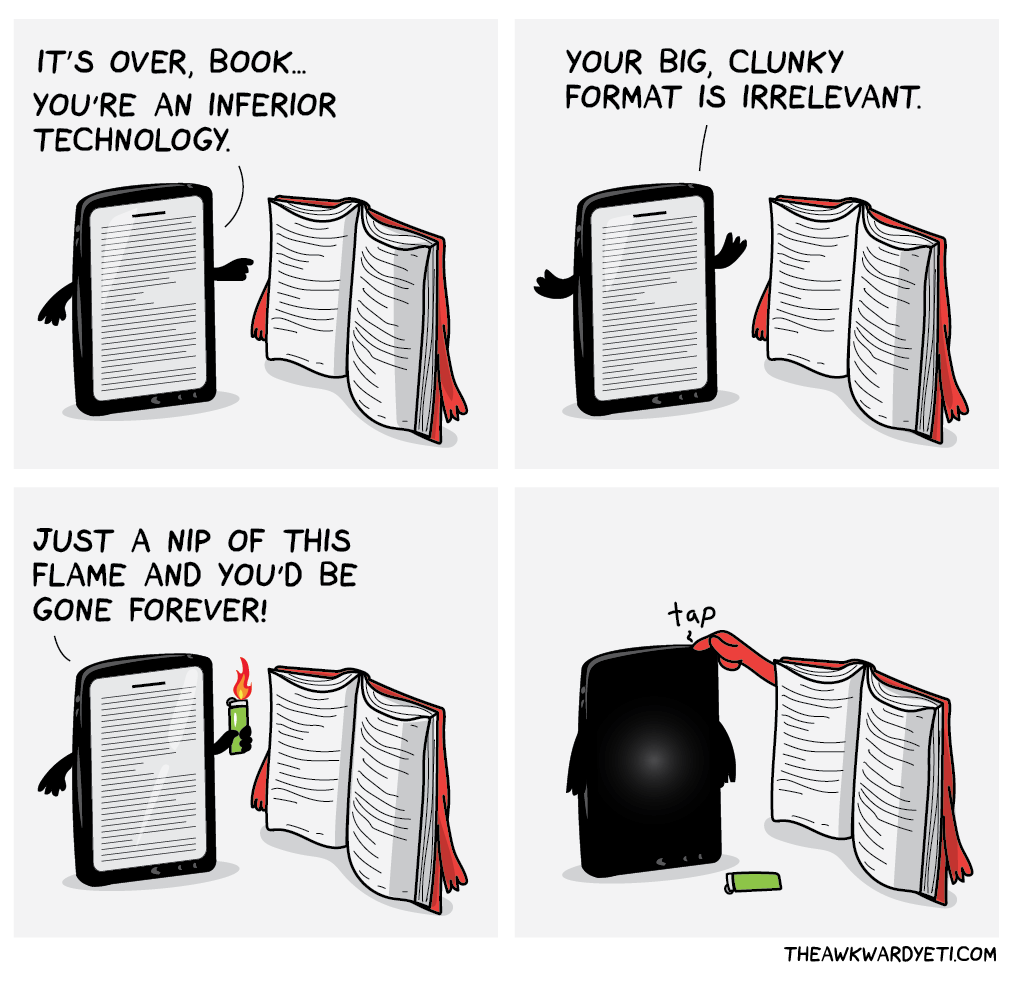
Many readers we know prefer the tactile feel of a physical book, a sentiment shared by the rest of Malaysians. However, ‘eBooks’ can be useful if you’re trying to publish something niche or inaccessible geographically (or something Haram hehe).
You can also have the best of both worlds by publishing both physically and digitally. Some publishers offer access to their eBook stores when you publish with them, others might require a payment. eBook publishing represents a simple and convenient way to reach a wider audience if you’re confident in your content. Again, good marketing skills come into play here.
CILISOS Roundup:
- Difficulty – Easy. Simply contribute in some form! More people means the work can be split.
- Cost – None. Publishing your work with an eBook seller shouldn’t cost you a penny. Beware of companies that tell you otherwise.
- Profit – Royalties ~30 to 55%, depending on the publisher.
- Publishers – International: Amazon Kindle, Audible by Amazon (audiobooks), Google Play Books, Apple iBookstore, Kobo, Barnes & Noble. Local: E-Sentral, TLiNGE (audiobooks).
Yay! You now know how to publish! But… how to get Malaysians to read it?
Unfortunately, book publishing simply isn’t as profitable as it used to be. Competition from other sources of media (let’s be honest, when was the last time you read a book? 😛 ), forced comic book publisher Tora Aman to close shop in 2017.
In fact, some of the best book sales come from parents wanting their kids to do well academically by buying them reference and exercise books. The book industry also got neglected in the new budget, which is understandable given the current state of Malaysia’s finances.
In a private survey of 6 (basically the CILISOS office lmao), only 2 of us actually used the government issued book voucher/debit card to purchase books, granted the office is in no way whatsoever representative of actual population trends. (We’re a bit cuckoo after all. See Queen Giraffe Longbeard at the beginning.)
However, issues with Malaysians’ reading culture go deeper than that. For example, the Southeast Asian Writers Award is open to any writer in any of Singapore’s national languages but Malaysian writers must write in Malay to be eligible, which might further explain the lack of support and demand for Malaysian-English writers.
Some good news, however, as UNESCO announced that Kuala Lumpur would be the World’s Book Capital for the year 2020, bringing some much needed ‘budaya buku’ to Malaysia… That said, as it stands, the award is just a title. We’ll have to wait and see whether any actual change in government policy or support happens.
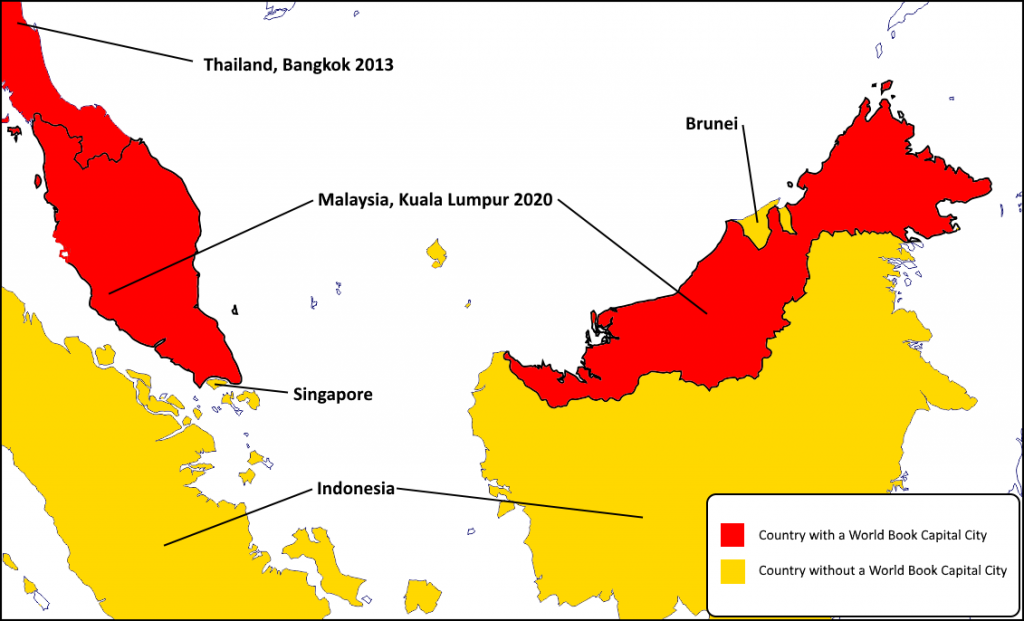
In the meantime, here are a few other helpful pointers you may wanna take note:
- Which genre works best? The numbers prove it – Malaysians prefer books in the genres of literature, language, religion and education. In fact, a quarter of the publishing sector is made up of textbooks and study material.
- Writing an English book? Good luck. You’ll face a lot of competition from foreign titles, and Malaysian readers prefer international authors. With that in mind, maybe it wouldn’t be a bad idea to find your niche.
- Which genres perform the worst? Military warfare, music and performing arts, as well as games and sports.
- How to price your book? The average price of books are RM18, RM30 and RM16 respectively for local Malay, English and Chinese books.
- And how many initial prints are you looking at? On average, 20,000 copies for Malay, 10,000 copies for Chinese and 3,000 copies for English local books. Note that it is better to err on the low side, especially for new authors, until you are certain that your book is in demand.
- Which publisher should you go to? Publishing can sometimes be a bit of a gamble – no one really knows what will sell, and if a company or publisher tries to tell you otherwise… Chances are they want your money. So choose your publisher wisely! You could also start with this list: (Disclaimer: it’s not a complete list but may be helpful to start with)
- English: The big bois are Malaysian Institute of Translations and Books (ITBM), which also publishes Malay books, and MPH (Which used to stand for Methodist Publishing House!). The smaller independent publishers are Fixi Novo, the English arm of Buku Fixi, Silverfish, one of the older bois in the business, Gerakbudaya, known for their “alt” Malaysian content and Nutmeg Publishing which mainly publishes books with social and historical themes. Also notable are Zaid Ibrahim’s ZI Publications (which recently secured the rights to the Malay translation of Billion Dollar Whale) and children’s books publisher Oyez!Books.
- BM: By far the largest publisher for books in Malaysia is Dewan Bahasa dan Pustaka (DBP). Smaller independent Malay publishers include DuBook Press (which shares the same DBP initials and rivalry with Dewan Bahasa) and Buku Fixi.
- Chinese: As far as this banana is aware, Chinese publishers in Malaysia include Malaya Press (the Chinese imprint of educational publisher Sasbadi), Odonata books and Kanyin publications.
Aaaand we’re done! All the best in publishing your book, and don’t forget to send us a free copy eheehee 😛
- 961Shares
- Facebook883
- Twitter8
- LinkedIn19
- Email16
- WhatsApp35

